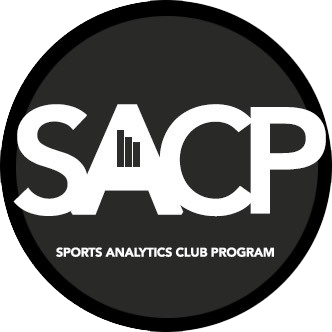The concept of “culturally relevant pedagogy,” an educational theory that focuses on multiple aspects of student achievement and upholds students’ cultural identities, is what Karl Jackson, chair of Virginia Union’s Department of Natural Sciences and the college faculty adviser, hoped to bring to the Armstrong analytics club.
Jackson, Clayton, Mary Smith (Armstrong’s analytics club teacher adviser) and the rest of the teacher group at Armstrong — principal Willie Bell, athletic director Glenn Anderson and assistant teacher adviser Rashaad Johnson — all recognized how interested their students were in sports, and how engaged they were in working stats into their casual conversations about them. In the most basic of math terms, they put two and two together.
“I think it’s actually brilliant,” Jackson said.
Edmondson-Westside and Armstrong, the two schools in cities separated by some 150 miles on Interstate 95, aren’t far apart in other crucial ways: nearly all-Black, very poor (for both, about 97% eligible for federal free or reduced lunch programs) and bearing deep scars from centuries of racism in the cities and school systems.
Armstrong — named for the same white Civil War Union general who founded what is now Hampton University — was for nearly a century the segregated Black high school in Richmond. After Virginia’s notorious “Massive Resistance” to the Brown v. Board of Education Supreme Court school desegregation decision, Armstrong was not integrated until 1971.
For its part, Armstrong was more advanced in its math proficiency (about 30% to Edmondson-Westside’s 3%) when it began the Wallace project in 2019, and Bell and his staff came from STEM backgrounds academically and professionally. At Edmondson-Westside, where Clayton said they were “flying by the seat of our pants,” club adviser Corey Johnson taught physics and also was the head football coach; the club consisted of his players.
After they made the case for Webster’s candidacy and the ESPN feature Morgan State’s Marvin Webster defies the odds aired, Clayton said, those club members suddenly started drawing interest from colleges for reasons other than football, and the school’s math proficiency gradually began to rise, to better than 30% four years later.
The Armstrong students — Bryona Holmes (the only girl in the group), Taivione Coles, Qua’im Harris, Ke’mari Tarry, Jaheim Turner and Jaheim Peoples — took to their project quickly, the advisers all said. “It was almost like I had a little corporation with the students doing work,” Smith said. “They had their challenges, but they still took time out to stop by after school and do their part. They were very mature about it. They treated it like it was a real paying job, and that’s what impressed me the most, the integrity of the students.”
It reinforced what the Edmondson-Westside students had produced earlier and was further proof of what Clayton has preached from the beginning.
“What then happens is,” he said, “you’re sitting there wondering if they’re given the same investment as an NBA data scientist or Major League Baseball data scientist or tennis data scientist, and where a university says, ‘I’ll invest a professor to work with the teacher,’ how many young men and women have the same capacity to produce the same product that Armstrong did for Wallace, and Edmondson-Westside did for Webster?
“Well, that’s every student, in every under-resourced environment. When you give them the same assets as other students may be given by privilege of their ZIP code, then every one of them has the same capacity, if the same investment is made.
“That’s Armstrong in Richmond, that’s Edmondson-Westside in Baltimore, that’s Crenshaw in LA — no matter where the metro area is for African Americans,” Clayton concluded.
